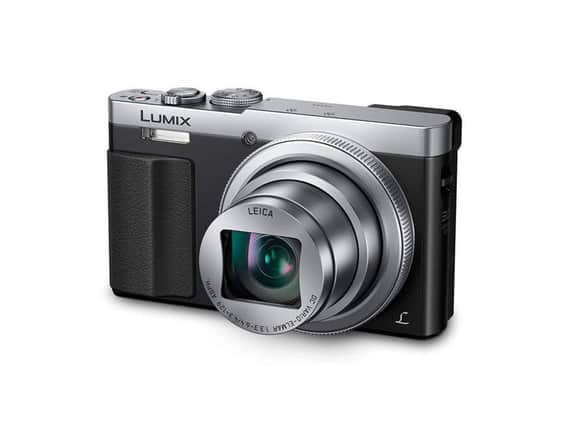How big a camera do you need to take better pictures than your phone?


However, if you’re trying to up your game and take photographs you can enjoy looking at for years to come, there is still no substitute for a proper camera – and despite the market having contracted somewhat, there are still plenty from which to choose.
The terminology is constantly in flux, though, and models that might have been considered specialist tools only a few years ago now fall squarely into the point-and-shoot category.
Advertisement
Hide AdAdvertisement
Hide AdCompact cameras are still the sensible choice for everyday photography, but the sector is no longer restricted to beginners’ models with fixed plastic lenses and no means of recharging the battery.
At the lower end of today’s market, the Panasonic Lumix DMC-TZ70, at less than £200, has a Leica zoom lens with a 30x magnification factor, manual control over the creative functions whenever you need it, and the option to shoot uncompressed pictures instead of the usual JPG format, to avoid loss of quality. This, and the sensor size, is a more important consideration than the pixel count on a camera of this quality.
It also shoots high definition video and connects to wi-fi for easy picture sharing.
There are cheaper cameras – the £150 Canon IXUS 285HS, for instance – which are distinguished from phones by their high-magnification optical zoom lenses. Their proliferation helps to explain the fall from favour of the “bridge” camera, which offered similarly-specified lenses on much bigger bodies, and which used to occupy the middle of the market.
Advertisement
Hide AdAdvertisement
Hide AdToday, it is mirrorless cameras which fill that niche. These differ from professional-style digital single lens reflex cameras (DSLRs) by doing away with the optical prism mechanism that reflects the light coming in through the lens to a viewfinder, in the same was as a film camera. They are thus smaller and lighter, yet still benefit from having interchangeable lenses – though the choice is more limited.
Mirrorless models are not necessarily any less expensive than DSLRs. The Canon EOS M50 won’t get you any change from £450, and many models run well into the thousands. But buying second-hand from a specialist camera dealer is also an option.
DSLRs themselves remain the gold standard for the serious photographer, especially those used to the film equivalent. They typically offer much better battery life than mirrorless models, and of course the picture quality is peerless – limited only by the quality of your lens and the size of the sensor.
This is the component that captures light and converts it to an image. The bigger the sensor, the more light is let in. Full-frame sensors have more than twice the surface area of the compact APS-C units fitted to most DLSR and mirrorless cameras aimed at the amateur and enthusiast market – yet those are still massively larger than the one in your phone.
Advertisement
Hide AdAdvertisement
Hide AdThe other factor affecting the end result is the quality of the electronic processing done to the image – and that’s why many camera phones are as good as they are. But while they can compete on electronics, their optics are no match for those of a good camera – whether compact, mirrorless or DSLR. The real difference is in how much bulk you are prepared to put up with in the pursuit of great pictures.